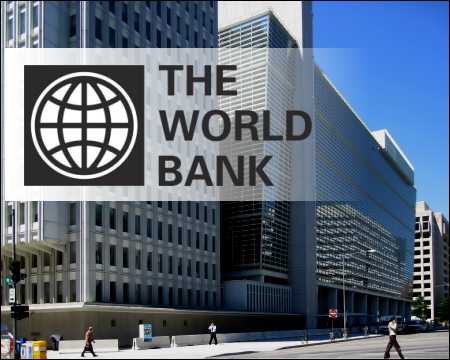The World Bank has reported that governments globally raised about USD33bn in carbon pricing revenue last year, representing a 50 percent rise over USD22 billion accruals from the source in 2016.
The latest World Bank’s annual State and Trends of Carbon Pricing 2018 report, which was launched at the Innovate4Climate Conference in Frankfurt on May 22, indicated that the implementation of carbon pricing initiatives had tripled over the last decade.
According to the report, currently 70 jurisdictions have implemented, or are scheduled to implement the carbon pricing initiatives, including 45 at national level and 25 at sub-national levels.
The Breton Woods institution reported that the fiscal mechanisms assisted governments to generate about USD33bn in 2017 in carbon pricing revenues from allowance auctions, direct payments to meet compliance obligations, and carbon tax receipts.
The report showed that the recent expansion of carbon pricing schemes had been driven largely by new initiatives in the Americas, including in Chile and Colombia, and in the Canadian provinces of Alberta and Ontario, and in the US states of Massachusetts, California and Washington.
The Bank noted further that the December 2017 announcement by the Chinese Government on its proposed plan to phase in an emissions trading scheme starting with the power sector was also significant.
It is projected that if the implementation of the Chinese ETS operational, carbon pricing mechanisms around the world would cover 11 gigatons of carbon dioxide equivalent, or about 20 percent of global greenhouse gas emissions, up from 15 percent in 2017.
The World Bank report also reflected that carbon prices were rising, with about half of emissions estimated at over USD10 per tonne of CO2 equivalent now covered by carbon pricing initiatives, compared to one-quarter of emissions covered in the last report.






